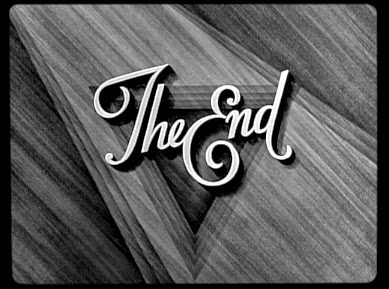I semi-retired early and went into consulting to forestall boredom
and to help make ends meet.* I ended up consulting for a Boston direct
marketing travel company. I expected to consult with them for a few weeks, but ended
up working for them for over a decade.
Direct marketers are a different breed of retailers. This
travel company never advertised and you could not buy their trips through a
travel agent, yet they were the largest tour operator in the country. All of
their sales came through their call center. How did they get customers? Like
Land’s End, L.L. Bean, Crazy Shirts, and other direct marketers, this company
promoted its products primarily through paper and online catalogs … and then depended
heavily on repeat business.
Direct marketing is a specialized segment of the retail
business and it is far more data-driven than store-front retailing. Because
everything is ordered directly, they know each customer and how they behave.
They know what they buy, how often they buy, their price sensitivity, and their
product satisfaction level. They are fixated on customer data because their
business models are based on what they call lifetime value. Once a customer is
acquired, they know statistically how much business that customer will generate
in future years. Since they focus on lifetime value, direct marketers are
obsessed with customer satisfaction. They are constantly measuring every aspect
of their business, analyzing the data, and adjusting their practices.
What brought this to mind was a New Yorker article by George Packer: “Cheap
Words: Amazon is good for customers. But is it good for books?” Amazon is
arguably the best direct marketer in the world. The following alleged comments by
Bezos may or may not have been made in 1995, but they fit perfectly with the
direct marketing business model.
“Bezos said that Amazon intended to sell books as a way of gathering data on affluent, educated shoppers. The books would be priced close to cost, in order to increase sales volume. After collecting data on millions of customers, Amazon could figure out how to sell everything else dirt cheap on the Internet … Bezos had realized that the greatest value of an online company lay in the consumer data it collected. Two decades later, Amazon sells a bewildering array of products: lawnmowers, iPods, art work, toys, diapers, dildos, shoes, bike racks, gun safes, 3-D printers.”
I believe Amazon has been good for books. The Kindle—and other e-readers—have revitalized reading. Amazon
has, however, been bad for bookstores. But whenever I start to feel bad for
Borders, Barnes and Noble, et al., I just download a streaming copy of You’ve Got Mail from Amazon.
* I’m interested in etymology of phrases. “Where
it (this phrase) comes from is hard to be sure about. It’s often said that it’s
from bookkeeping, in which the total at the bottom (“end”) of the column of
income must at least match that at the bottom of the expenditure column if one
is not to be living beyond one’s income”—worldwidewords.org















